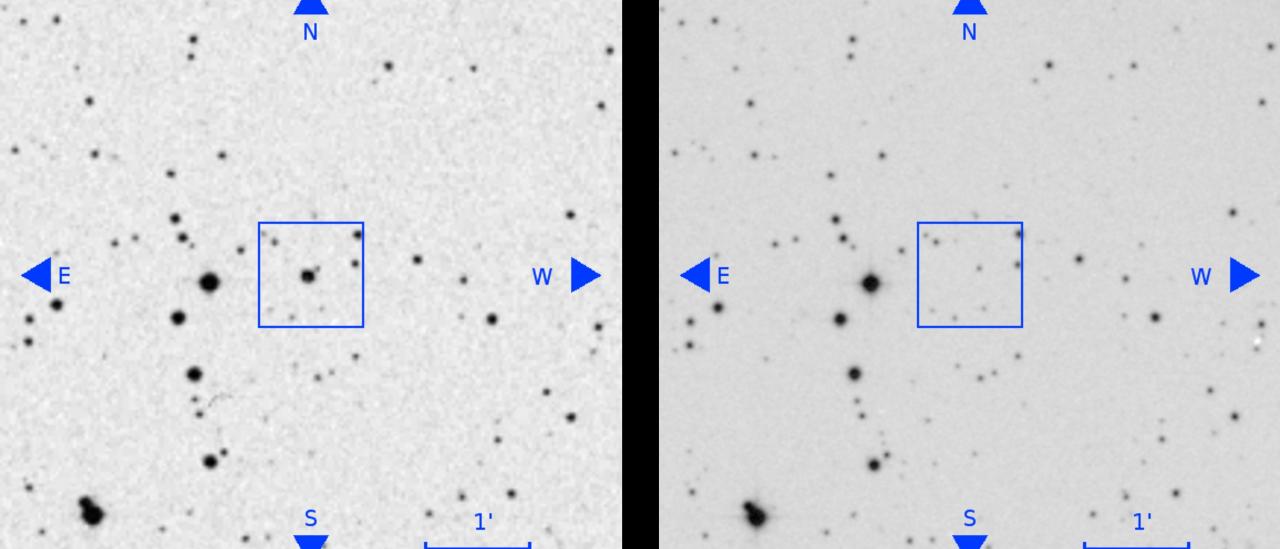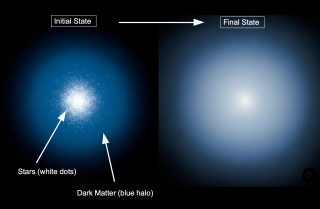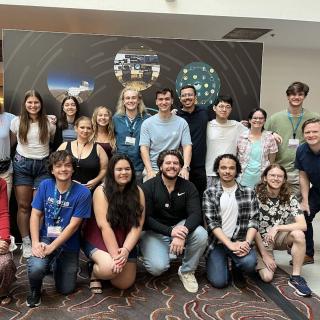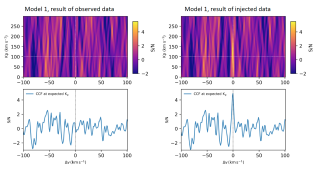An international research team from the Institute de Astrofísica de Canarias (IAC) and the University of Stockholm have discovered around a hundred very red light sources which appear and disappear in a short time interval, according to an article published in the Astronomical Journal.
The study began with a sample of 600 million objects imaged on the sky which date from the decade of the 1950’s, comparing them with a matching modern survey. The result was to identify up to 150,000 objects, which were not repeated in the two catalogues. In a preliminary study of these light sources 100 especially interesting red objects were found, which particularly drew the attention of the authors, as explained by Beatriz Villarroel, of the University of Stockholm and a researcher at the IAC, who is leading the project and is first author of the article. These results could help in the search for flaring M-type dwarf stars, highly red-shifted supernovae, and other types of red transitory objects not previously classified.
“Finding a star which really disappears, or a star which appears out of nothing, would be an outstanding discovery and would certainly imply new astrophysics, beyond current knowledge” explains Villarroel. When a star dies it undergoes very slow changes which convert it into a white dwarf, or it explodes suddenly as a brilliant supernova. Nevertheless a star which just disappears could be an example of a new astrophysical phenomenon. The authors mention a possible explanation based on extremely rare events called “failed supernovae”. Theory predicts that a failed supernova is produced when a very massive star collapses into a black hole without any visible explosion.
In the project, called “Sources which disappear and appear during a century of observations“ (with acronym VASCO) they are searching for physical indicators which could explain the nature of these phenomena within the Milky Way. Observations such as these present a challenge to astrophysics, and even allow the contemplation of more exotic explanations, such as those found when looking for evidence of other more technically advanced civilizations. “But we are sure that none of these events has shown clear signs of being due to an extraterrestrial intelligence (ETI). We think that they are natural astrophysical sources, although somewhat extreme” warns Martín López Corredoira, a researcher at the IAC and a co-author of the article.
As a by-product VASCO has the potential to discover rare, extremely variable objects. “These objects could throw light on rapid phases of stellar evolution, difficult to observe, and on active galactic nuclei” suggests Sébastien Comerón, of the University of Oulu, (Finland) also a co-author of the article.
The authors are now looking at the possibility of organizing a project of citizen science, with which, aided by artificial intelligence, it would be possible to make a visual examination of each of the 150,000 identified anomalies. “We are looking for ways of doing this as quickly as possible, although we could also include more recent dates” says one of the authors, Lars Mattsson, of the University of Stockholm.
Contact:
Beatriz Villarroel, Universidad de Estocolmo e Instituto de Astrofísica de Canarias
Tel: +4672 - 850 58 28, +34604 281401
Email: beatriz.villarroel [at] su.se (beatriz[dot]villarroel[at]su[dot]se)
References:
Article Villarroel B., et al. 2019, "The Vanishing and Appearing Sources during a Century of Observations Project. I. USNO Objects Missing in Modern Sky Surveys and Follow-up Observations of a "Missing Star" The Astronomical Journal 12 Dec 2019: 159:8 (19pp)
Villarroel B., Imaz I. y Bergstedt J. 2016 AJ 152 76



